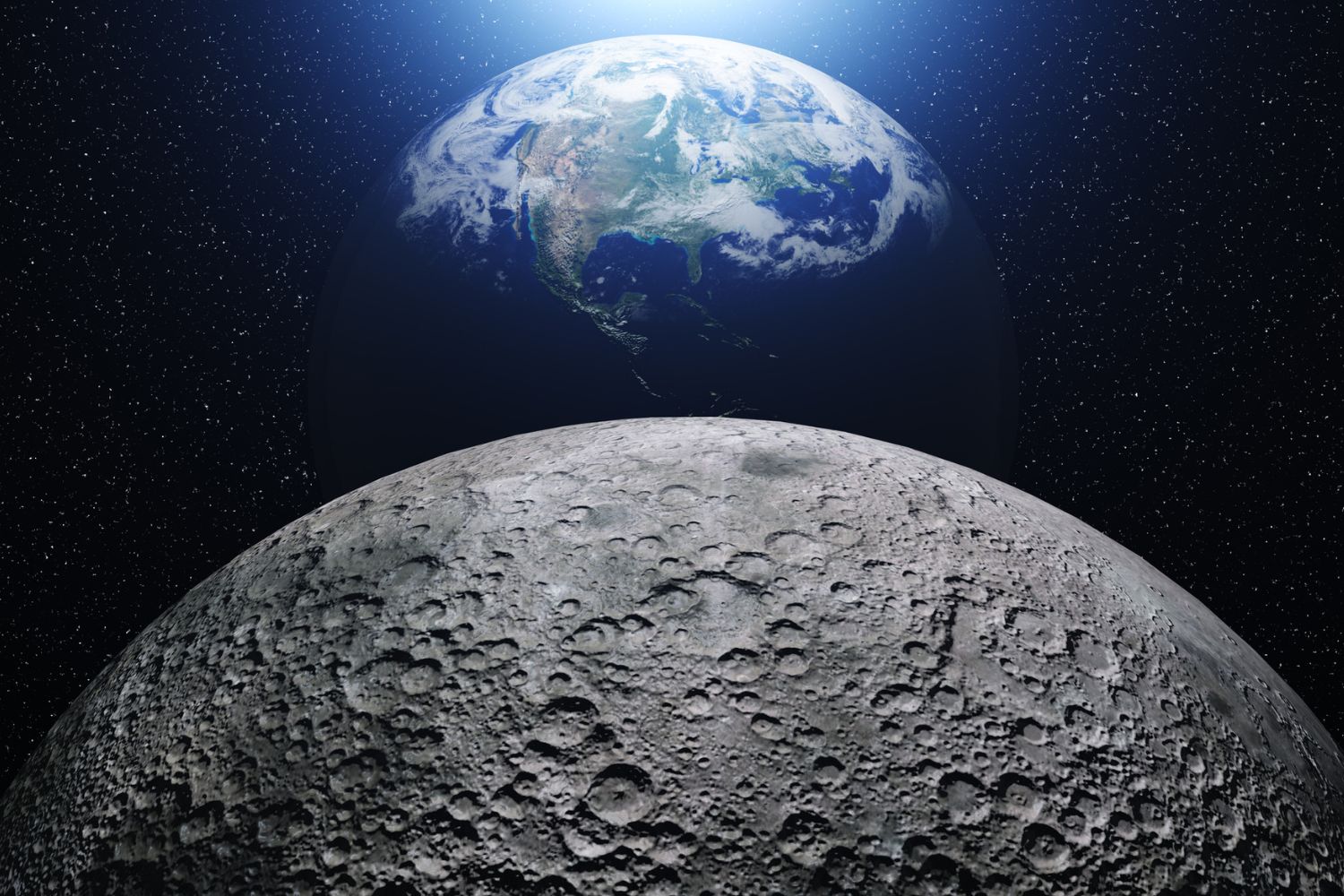Chinese scientists have unveiled an ambitious plan to establish an “information superhighway” connecting Earth and the moon. This initiative, spearheaded by researchers from the China Academy of Space Technology (CAST) and the Beijing Institute of Spacecraft System Engineering, aims to enhance communication, navigation, and monitoring capabilities for lunar missions. The proposal involves deploying a network comprising 30 satellites and three lunar ground stations.
The proposed network will enable real-time communication for up to 20 users simultaneously, allowing audio, video, and image exchanges between the moon and Earth. This real-time communication capability is crucial for ensuring seamless interactions during lunar missions, enhancing both safety and efficiency. In addition to communication, the network aims to provide accurate positioning, navigation, and timing (PNT) services essential for lunar surface operations and Earth-moon flights.
The system will be capable of tracking moving targets as small as one meter in cislunar space, significantly improving the precision of lunar explorations. The project is planned in three stages. The initial stage involves the deployment of two satellites and a lunar control station, enabling communication with up to 10 users. The second stage will expand the network to ten satellites and a second lunar station, increasing data rates to 5 gigabytes per second. The final stage envisions a full network of 30 satellites and three lunar stations, targeting data rates of 10 gigabytes per second and enhanced navigation accuracy.
Yang Mengfei, chief designer of China’s Chang’e-5 mission, emphasized the strategic importance of cislunar space as a new frontier for human activities, predicting rapid expansion in this area over the next decade. This initiative is seen as crucial for China’s long-term goals in space exploration, particularly amidst increasing global competition for resources and infrastructure in cislunar space.
The proposal is not only about establishing a robust communication network but also about positioning China as a key player in the emerging cislunar economy. This move enhances China’s capabilities for future lunar exploration and potential colonization efforts, demonstrating its commitment to becoming a leading force in the next phase of space exploration. Other countries, including the United States, are also developing similar systems to support their lunar exploration ambitions, indicating a growing international interest in cislunar infrastructure.
Triumphs of the Chinese Space Program
China’s space program has achieved several significant milestones, marking its rise as a major player in space exploration. One of its most notable triumphs is the Chang’e lunar program, particularly the successful landing of Chang’e 4 on the far side of the moon in 2019, a world first. This mission not only demonstrated China’s technological prowess but also provided valuable scientific data about the moon’s far side.
Another triumph is the construction and operation of the Tiangong space station, which saw its first module launched in 2021. This achievement established China as only the third country to operate a permanent space station, showcasing its long-term commitment to manned space missions. China has also made significant strides in Mars exploration. The Tianwen-1 mission, which included an orbiter, lander, and rover, successfully landed the Zhurong rover on Mars in 2021.
This achievement placed China among a select group of nations that have successfully landed and operated a rover on Mars. Additionally, China’s BeiDou Navigation Satellite System has been a major success, providing global navigation services and demonstrating China’s ability to develop and deploy advanced satellite technology.
Failures and Challenges of the Chinese Space Program
Despite its successes, the Chinese space program has faced several setbacks and challenges. One of the most publicized failures was the loss of the Long March 5 rocket in 2017, which delayed the Chang’e 5 lunar mission and the construction of the Tiangong space station. The failure highlighted issues in China’s rocket development program and underscored the risks inherent in space exploration.
Moreover, China’s space program has faced criticism over the environmental impact of its launches, particularly regarding the uncontrolled re-entry of rocket stages. In 2020 and 2021, debris from Chinese rockets re-entered the Earth’s atmosphere, raising concerns about space debris management and the safety of space operations.
Another significant challenge is the geopolitical tension surrounding China’s space activities. The exclusion of China from the International Space Station (ISS) due to U.S.
policy has forced China to develop its own space station independently. While this has spurred innovation, it has also isolated China from international collaboration in some areas. Furthermore, China’s ambitious plans for lunar and Mars exploration face technical and logistical challenges, including the need for more reliable deep space communication and navigation systems.
In conclusion, while China’s space program has achieved remarkable successes, it continues to navigate significant challenges and setbacks. The program’s ability to overcome these hurdles will determine its future trajectory and impact on global space exploration.
ALSO READ: Chinese scientists have unveiled an eco-friendly alternative for submarine drones













